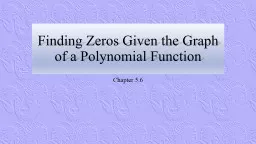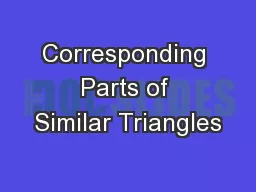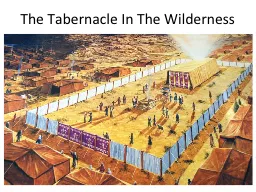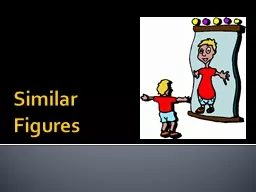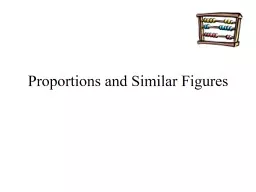PPT-Finding Similar Items
Author : lindy-dunigan | Published Date : 2016-07-12
MMDS Secs 3234 Slides adapted from J Leskovec A Rajaraman J Ullman Mining of Massive Datasets httpwwwmmdsorg October 2014 Task Finding Similar Documents
Presentation Embed Code
Download Presentation
Download Presentation The PPT/PDF document "Finding Similar Items" is the property of its rightful owner. Permission is granted to download and print the materials on this website for personal, non-commercial use only, and to display it on your personal computer provided you do not modify the materials and that you retain all copyright notices contained in the materials. By downloading content from our website, you accept the terms of this agreement.
Finding Similar Items: Transcript
Download Rules Of Document
"Finding Similar Items"The content belongs to its owner. You may download and print it for personal use, without modification, and keep all copyright notices. By downloading, you agree to these terms.
Related Documents

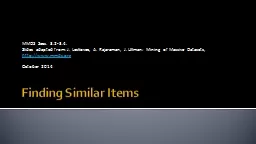
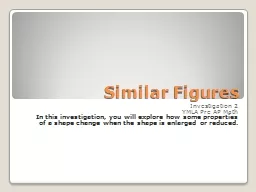
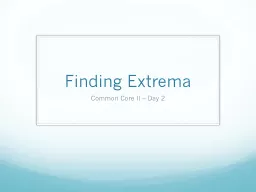
![[4.4] Similar Polygons](https://thumbs.docslides.com/402547/4-4-similar-polygons.jpg)



